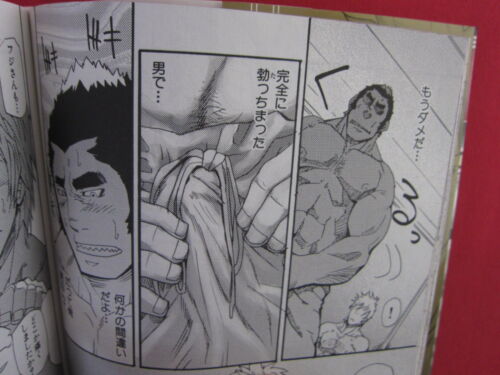Sellia Crystal Tunnel is one of the Minor Dungeons found in the Caelid Region in Elden Ring. It is an optional dungeon that is home to a few treasure items and a miniboss Foe. You can actually reach this Dungeon very early in the game, despite being in Caelid. If you open the chest in Dragon-Burnt Ruins in Lake Agheel, Limgrave, you’ll be teleported partway into this dungeon. You can also naturally find this Dungeon by heading diagonally northwest from Sellia, Town of Sorcery. The entrance to the cave will be visible thanks to a brazier outside, and is buried in the cliff face relatively close to the westernmost walls of Sellia. Through a short tunnel, you’ll emerge into a cave with a Site of Grace.

To the left of the Site of Grace is a corpse in the corner that holds. After climbing the ladder to the right of the room, you’ll head up a slope into a large cavern with Crystal Miners and 2 Lesser Kindred of Rot. There are dozens of Cracked Crystal deposits to gather in this room, as well as some Smithing Stone deposits along the left-hand side of the room. In the wooden shack down to the left, a corpse holds a Golden Rune. Continuing up the slope curving around to the right, you can loop into another wooden shack (the one you teleport into should you get here via Dragon-Burnt Ruins) and a chest is in the corner that contains… At the top of the slope, there is another Crystal Miner to the right and a Lesser Kindred of Rot on the wooden platform to the left. There is a corpse on the edge of this wooden platform that holds a Rune Arc.
Bara Manga
Bara Manga is a genre of manga and art made by gay and bisexual men, for gay and bisexual men. In Japan it’s more commonly known as “gei comi”, “gei manga”, or “menslove”. Bara generally features mature and realistic relationships, rather than overly melodramatic soap opera plots. Bara plots tend to be simple, short, and to cut to the chase. Bara is almost always very explicit, to the point that “Bara Hentai” is a redundant phrase. Another important characteristic is that bara emphasizes manly and muscular (sometimes hairy) characters with varying degrees of body fat, as opposed to the androgynous and effeminate boys commonly found in Yaoi. It also, usually, tends to avert, subvert or invert the Uke and Seme dynamics eg. most of the time the Seme is someone younger and much more “cuter” looking.
Bara evolved from illustrations and manga in gay men’s general-interest (and/or pornographic) magazines, which partially accounts for the differences in style and tone, as well as the generally short story length. It is generally considered a separate genre from yaoi; many Japanese bara artists would be offended if their works were called yaoi. The term was popularized by a Japanese gay magazine called Barazoku (lit. rose tribe), the same magazine that coined the term Yurizoku (lit. lily tribe) that later became Yuri.
Although gay men’s general-interest magazines have published occasional manga stories since the 1970s, the first all-manga gay magazines to become commercially successful date only from the early 2000s. The two major commercial publishers at the moment are Furukawa Shobu (a publisher of gay men’s magazines) and Oakla Shuppan (a yaoi publisher that also has some bara manga magazines). Kinniku Otoko (literally “Muscle Man”) is one of the manga magazines that focuses on this genre. Gengoroh Tagame is an example of a well-known artist. Other popular and well-known artists include Gamma, Jin, Kazuma, Manya, Takeshi Matsu, Inaki Matsumoto, Ron-9 (who drew the top picture), Takakunozomu, and Matsuzaki Tsukasa. Outside of Japan, there is also Braford (Argentina), Captain Ger Bear (Canada), Forge the Wielder (USA), Furry Revolution (Italy), Galen (Spain), Grisser (Thailand), Gez Tank Skunkrat (Mexico), Ralf König (Germany), Kupopo (USA), Kyuuhari (Malaysia), Rrowdy Beast (USA), and Tom of Finland (Finland).

